South Africa police uncover $20m crystal meth lab
Zimbabwe’s house of stone: the gallery that showcases a famous sculpture tradition
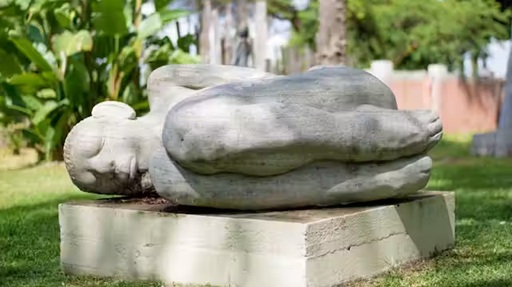
Arthur Fata’s Abandoned Woman from the gallery’s international exhibit in Germany. Costa Jute/PictureHubZim courtesy Chapungu Sculpture Park
Zimbabwe is the house of stone, both literally and figuratively, with its very name derived from the ancient stone city of Great Zimbabwe. Stone is more than just a material here – it’s the totem pole of the country’s identity, shaping both its history and artistic legacy. And there’s no better place to witness this than Chapungu Sculpture Park.
On the outskirts of Harare’s industrial zone, the sprawling estate is both a gallery for stone artistry and a living landscape, home to over 90 varieties of indigenous trees, with a tributary of the Mukuvisi river running through it. Art and nature intertwine, offering a unique glimpse into Zimbabwe’s famous sculptural tradition.
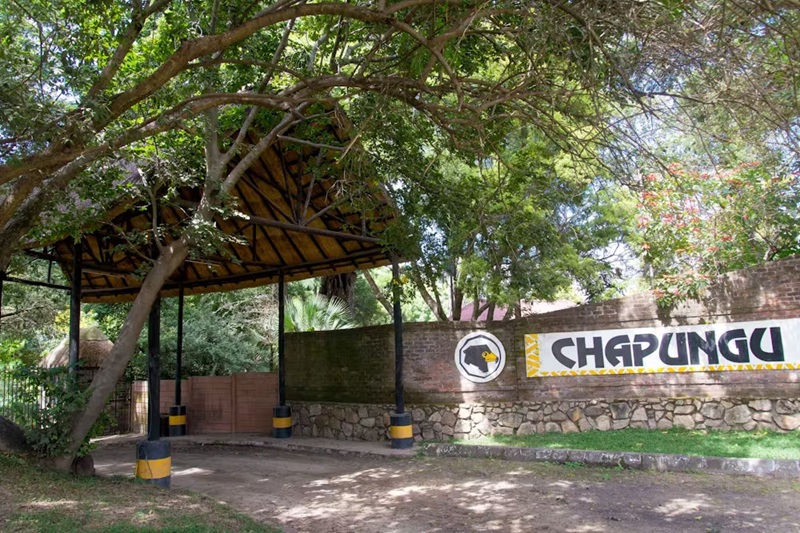
The last time I visited, in 2021, founder Roy Guthrie was still around, but he has since passed away. His enduring legacy remains visible throughout the park.
The former refrigerator salesman turned stone broker was arguably one of the most influential figures in bringing Zimbabwean sculpture to the global stage. He organised international exhibitions and artist residencies. At one point he had more than 200 artists in his books.
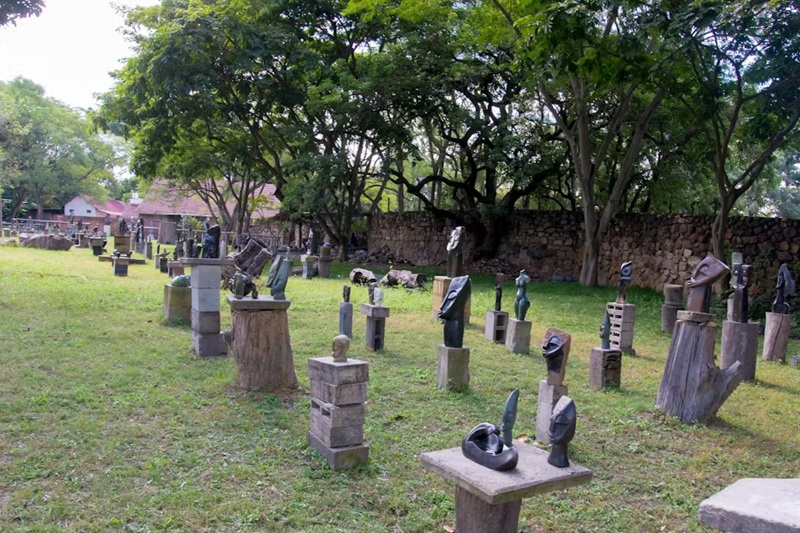
But his vision extended beyond exporting artwork. His true ambition was to create the largest and most representative permanent collection of Zimbabwean stone sculpture. Here, in the open air, different generations of artists’ works stand side by side, demonstrating the evolution of the art form.
Today I am here to meet Marcey Mushore, Guthrie’s widow. She tells me the park is now managed by a trust and shares the many plans in place to honour and expand his work. One is establishing a dedicated museum.
As we walk from the entrance, beneath a canopy of trees nicknamed “the cathedral”, sculptures line the pathways, creating a quiet dialogue. Leading the way is our guide, artist-turned-administrator Nicholas Kadzungura. He arrived at Chapungu as an apprentice and has never left. Today he is a walking institutional memory.
A stone archive
My book in progress, The Stone Philosophers, foregrounds the lives of the black Zimbabwean artists who made stone sculpture famous. I am grappling with this vexing question: What does a stone archive look like? One possible answer could be that it takes the form of a well-tended garden park with sculptures from Zimbabwe’s master sculptors.
As we stand facing the water, Mushore points towards a cluster of trees to indicate where the museum would be built. Perhaps, in a few years, the brush will be cleared, and in its place will rise a building dedicated to housing the history of Zimbabwean stone sculpture.
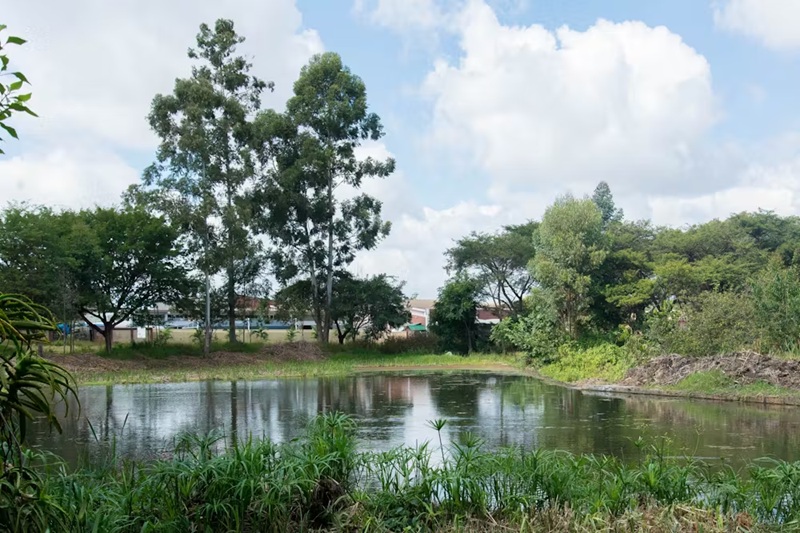
Despite the international recognition it has garnered since the 1960s, there is still no local museum solely dedicated to this art form. British curator Frank McEwen, founding director of the National Gallery of Zimbabwe, is often regarded as the architect of the movement. And Guthrie considered McEwen an influence.
Zimbabwean sculpture
With Zimbabwean sculpture, each piece tells a story, simple and elaborate, ranging from spirit-filled folk tales to depictions of the everyday moments that shape life. You’re confronted by human-size shapes of torsos, heads, animals and sometimes abstract figurations.
While often categorised under the contentious label of “Shona sculpture”, the stone sculptors of Zimbabwe were not exclusively Shona, the country’s largest ethnic group. The term was popularised by McEwen.
In fact, some of these artists came from other parts of Zimbabwe and from neighbouring countries like Zambia, Malawi or Angola, broadening the scope of the tradition. The sculptors primarily work with serpentine stone – especially springstone, fruit serpentine and leopard rock – alongside opal stone, verdite and dolomite, sourced mainly from the Great Dyke, a 300km geological formation in central Zimbabwe.
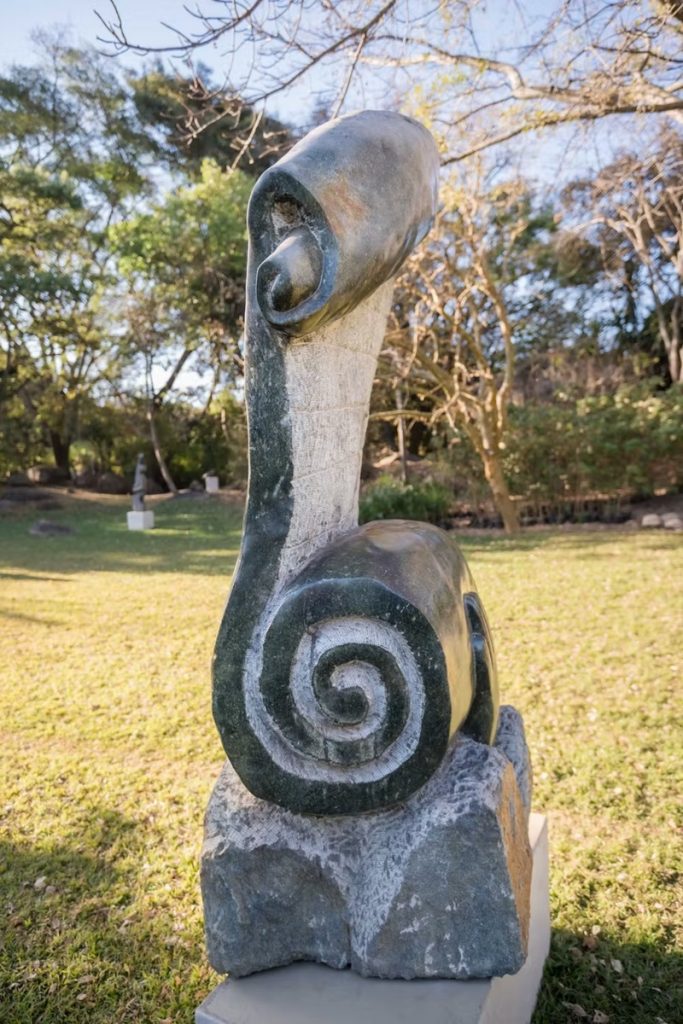
Beyond the architectural metaphor of Zimbabwean writer Novuyo Rosa Tshuma’s novel, House of Stone, who were the builders and stone workers behind the legend of Zimbabwe?
The country’s name is thanks to the Shona people’s long artisanal tradition of stone working. It’s not just a metaphor. Cities were built with blood, sweat and tears. Stone sculpture was not a peculiarity that was ignited by colonial encounter. It was always there, through generations and traditions. It was just not yet classified in anthropological terms, or exhibited in the colonial museum.
The modern stone sculpture movement in Zimbabwe emerged organically. It was a phenomenon shaped by groups of friends, siblings, and spouses whose work made a significant contribution to the African modernism of the 1960s and 1970s.
The artists who brought stone sculpture to prominence formed networks that stretched from village to village, collaborating informally. Their work was eventually co-opted into the white-dominated art world of Rhodesia, as the country was known in colonial times. From there, it was exported to Europe and the US.
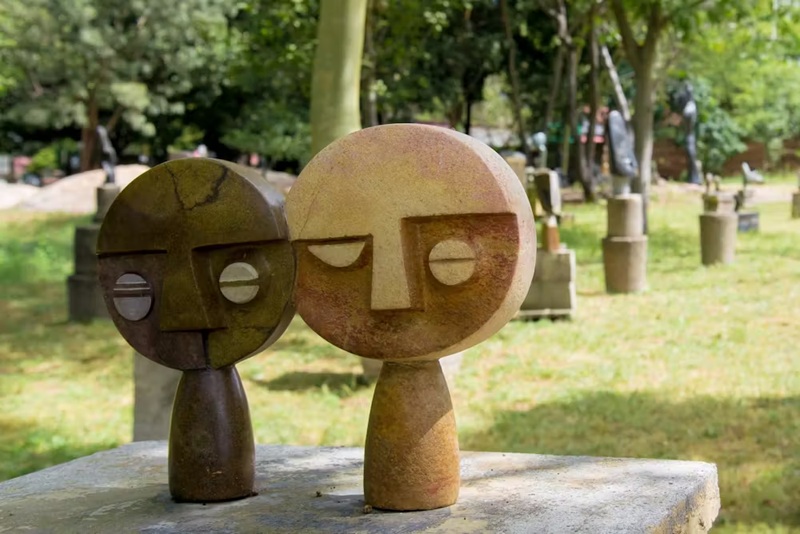
Although these artists rose to prominence during a period of decolonisation in the 1950s and 1960s, they remained marginal figures in their own country. When Rhodesia declared unilateral independence in 1965, becoming an isolated stronghold of white supremacy, the history of stone sculpture became inseparable from the broader struggles faced by black Zimbabweans. It reflected the racist exclusions and hardships endured by its creators, who persisted against the odds.
Keeping tradition alive
Today, Zimbabwe is better known for its young visual artists, who primarily work in painting, mixed media and collage. While stone sculpture was once the country’s dominant art form, its visibility has diminished – not in production, but in critical conversations about art. A simple internet search yields little on its history or artistic significance; instead, results are dominated by commercial gallery websites showcasing polished sculptures for sale, with little attention given to the artists or their creative processes.

This emphasis on the final product over the maker is not new. It traces back to the very origins of the stone sculpture movement. What we see here is a repressed archive, where gaps in documentation are not accidental but the result of historical omissions. These absences, in turn, expose deeper questions of power, access and visibility in the art world.
Read more: John Hlatywayo: remembering a great Zimbabwean artist who was woefully neglected by history
As we conclude our tour of Chapungu, a group of artists, seated on planks of wood and large stones, wave at us. They represent a new generation, carrying forward the tradition of stone sculpture in Zimbabwe, ensuring that this art form continues to evolve and endure.
By Tinashe Mushakavanhu


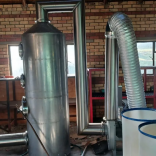

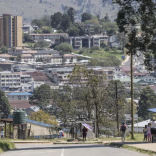




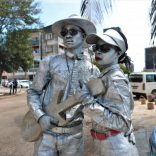



Leave a Reply
Be the First to Comment!
You must be logged in to post a comment.
You must be logged in to post a comment.